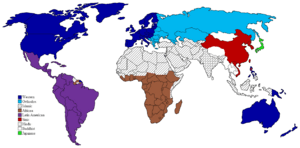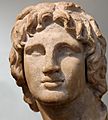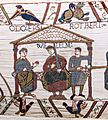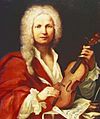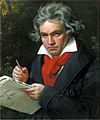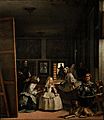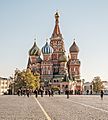Western civilization facts for kids
Western civilization, also called Western culture or the West, describes a group of societies that share a common history and culture. These societies mostly come from Europe. Key parts of Western culture include ideas from the ancient Roman Empire, Western Christianity (like Catholicism and Protestantism), Democracy, and Liberalism (which focuses on individual rights and freedoms).
Places that are usually considered part of the West include Western Europe, Central Europe, English-speaking North America, Australia, and New Zealand. Some countries, like Latin America, South Africa, Israel, the Philippines, and Singapore, have a mix of Western and non-Western cultures. Because of this, whether they are fully "Western" is sometimes debated.
Contents
How Western Culture Changed Over Time
For a long time, Western civilization was often called Christendom. This name meant the areas where the Christian religion was most common. However, starting in the 17th century, a process called secularization began. This meant that society became less focused on religion and more on science and reason. This change was a big part of the Age of Enlightenment.
Because of this shift, the idea of "Western civilization" grew to include more than just Christian areas. Today, many parts of Africa have a large Christian population. This means that, by the older definition, some parts of Africa could also be seen as part of Western civilization.
What is Westernization?
Westernization is when a non-Western culture starts to adopt Western ways of life and ideas. This has happened many times throughout history. For example:
- In ancient times, the Roman Empire spread its culture across Europe. This was called Romanization.
- In the 1500s, Spain brought its culture to South America, Central America, and the Philippines. This was known as Hispanization.
- In the 1700s, English culture spread in North America and Australia (Anglicization).
- In the 1800s, French culture influenced North and West Africa (Francization).
- Today, American popular culture, like Hollywood movies, influences many countries such as Singapore and Israel. This is sometimes called Americanization.
While many people support Westernization and believe it brings progress, others are against it. They worry that it can cause local cultures to disappear. They believe it's important to protect the unique traditions and ways of life of different regions.
Related pages
Images for kids
-
Alexander the Great, a famous ancient Greek king.
-
A picture of Jesus of Nazareth, the main figure in Christianity.
-
The Roman Empire at its largest size.
-
A mosaic of Justinian I, a Roman emperor, from around 547–549 AD.
-
A stone carving of Jesus from the Vézelay Abbey in France.
-
Thomas Aquinas, an important Catholic thinker from the Middle Ages.
-
Christopher Columbus arriving in the New World during the Age of Discovery.
-
The first page of the United States Constitution.
-
A Watt steam engine. This invention helped start the Industrial Revolution.
-
A detail from the Bayeux Tapestry, showing William the Conqueror.
-
An engraving for Divine Comedy by Dante Alighieri.
-
Claudio Monteverdi, a famous composer.
-
Antonio Vivaldi, another well-known composer.
-
Wolfgang Amadeus Mozart, a brilliant classical composer.
-
Ludwig van Beethoven, a very famous composer.
-
Pyotr Ilyich Tchaikovsky, a Russian composer.
-
The Mona Lisa, a famous painting by Leonardo da Vinci.
-
Las Meninas, a painting by Diego Velázquez.
-
Dance at Le moulin de la Galette, a painting by Pierre-Auguste Renoir.
-
Stained glass windows inside the Sainte-Chapelle in Paris.
-
Saint Basil's Cathedral in Moscow, known for its colorful domes.
See also
 In Spanish: Cultura occidental para niños
In Spanish: Cultura occidental para niños


